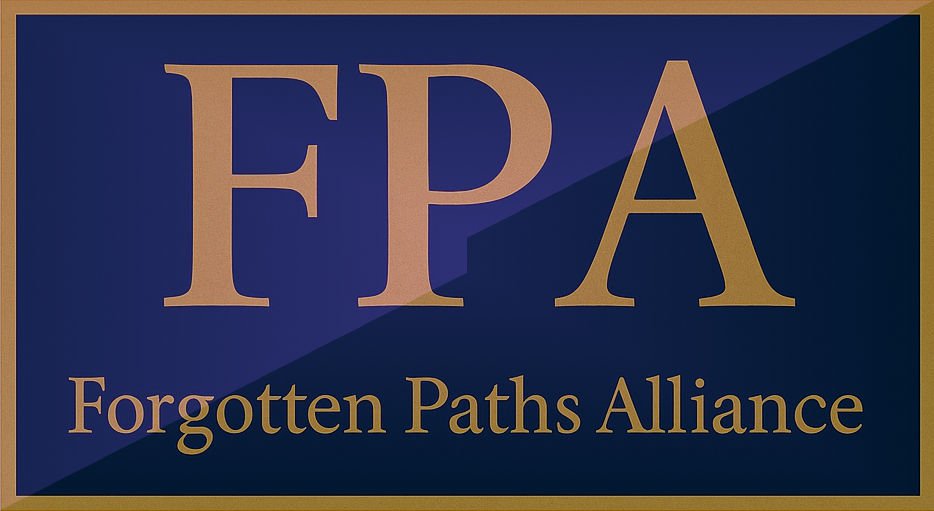Construction sites are high-risk environments where safety is paramount. Proper warning signs help prevent accidents, ensuring compliance with UK regulations. From prohibition signs that restrict unauthorised access to mandatory signs enforcing safety measures, each plays a crucial role. Warning and emergency information signs further enhance site safety. Understanding and implementing these signs correctly reduces risks, improves site organisation, and fosters a culture of safety for workers and visitors alike.
The Importance of Warning Signs on Construction Sites

Construction sites are inherently hazardous environments, necessitating clear and effective signage to ensure the safety of workers and visitors. The use of specific safety signs in the UK, each designed to convey particular instructions or information. Understanding the purpose and application of these signs is crucial for maintaining a safe working environment.
Prohibition Signs: These signs indicate actions or behaviours that are not permitted on the site. Characterised by a red circle with a diagonal line over a black pictogram on a white background, they serve to prevent activities that could lead to accidents or violations.
Mandatory Signs: These signs specify actions that must be carried out to comply with safety regulations. Featuring a blue circle with a white pictogram, they instruct individuals on necessary protective measures. A common example is the “Safety helmets must be worn” sign, reminding workers to wear hard hats to protect against head injuries.
Warning Signs: Designed to alert individuals to potential hazards, warning signs are typically yellow triangles with a black border and black pictogram. They caution workers and visitors about specific dangers present in the area.
Emergency Information Signs: These signs provide guidance on safety facilities and emergency exits. Identified by a green rectangle or square with a white pictogram, they indicate the location of essential safety equipment or routes.
Implementing building site signs correctly not only ensures compliance with legal standards but also significantly reduces the risk of accidents on construction sites. Regular training and site inspections are essential to maintain the visibility and relevance of all safety signage, fostering a culture of safety and awareness among all site personnel.

Categories of Essential Construction Site Warning Signs
Understanding the various categories of construction site warning signs is essential for maintaining safety and compliance. Here’s an overview:
Prohibition Signs: These signs indicate actions that are not permitted, aiming to prevent unsafe behaviours. They are typically circular with a red border and a diagonal line over a black pictogram on a white background. An example is the “No unauthorised entry” sign, which restricts access to hazardous areas.
Mandatory Signs: These signs specify required actions to ensure safety. They feature a blue circle with a white pictogram.
Warning Signs: Designed to highlight potential hazards, these signs are usually triangular with a yellow background and black border, containing a black pictogram. An example is the “Danger: High voltage” sign, alerting individuals to electrical risks.
Emergency Information Signs: These signs direct individuals to safety equipment or exits. They are rectangular or square with a green background and white pictogram. A common example is the “Fire exit” sign, indicating the route to evacuate safely.
Implementing these signs correctly enhances on-site safety and ensures compliance with regulations.
Legal Requirements for Construction Site Signage in the UK
The UK’s Health and Safety (Safety Signs and Signals) Regulations 1996 mandate specific requirements for construction site signage to ensure safety and compliance:
- Standardisation: Safety signs must adhere to standardised colours and shapes for immediate recognition.
- Visibility and Maintenance: Signs should be prominently displayed, well-lit, and maintained to remain clear and legible. Regular inspections are necessary to ensure signs are not obscured or damaged.
- Employee Training: Employers are required to educate workers on the meanings of various signs and the appropriate actions to take upon encountering them. This ensures that all personnel can respond correctly to potential hazards.
Adhering to these regulations is essential for creating a safe working environment and ensuring legal compliance on construction sites.
Commonly Used Construction Site Warning Signs
Below is a summary of essential warning signs and their purposes:
| Sign Type | Purpose | Example Message |
| Prohibition | Indicates forbidden actions | No unauthorised personnel |
| Mandatory | Specifies required actions | Safety helmets must be worn |
| Warning | Alerts to potential hazards | Danger: Deep excavation |
| Emergency Information | Provides safety or first-aid information | First aid station |
Enhancing Safety with Hoarding Signage and Building Site Signs
Hoarding signage and building site signs play a pivotal role in maintaining safety and compliance:
- Hoarding Signage: These are large boards placed around the perimeter of a construction site. They serve to:
- Protect the Public: Prevent unauthorised access and shield passers-by from site activities.
- Provide Information: Display project details, contact information, and safety warnings.
- Protect the Public: Prevent unauthorised access and shield passers-by from site activities.
- Building Site Signs: Located within the site, these signs:
- Highlight Specific Hazards: Such as “Caution: Wet floor” or “Beware of overhead loads.”
- Indicate Mandatory Protective Equipment: Reminding workers to wear appropriate gear.
- Highlight Specific Hazards: Such as “Caution: Wet floor” or “Beware of overhead loads.”
Best Practices for Implementing Warning Signs
- Regular Audits: Conduct frequent inspections to ensure all signs are intact, visible, and relevant to current site activities.
- Strategic Placement: Position signs at eye level and in locations where they are most likely to be seen before encountering a hazard.
- Use of Universal Symbols: Incorporate internationally recognised symbols to overcome language barriers and enhance comprehension.
Conclusion
The strategic use of hoarding signage and building site signs is indispensable in promoting safety and ensuring legal compliance on construction sites. By adhering to established regulations and implementing clear, well-maintained warning signs, construction companies not only protect their workforce and the public but also enhance their professional reputation. For high-quality signage solutions tailored to your site’s specific needs, consider consulting with experts like Sign Printing Company, who specialise in delivering compliant and effective safety signs.












Leave a Reply